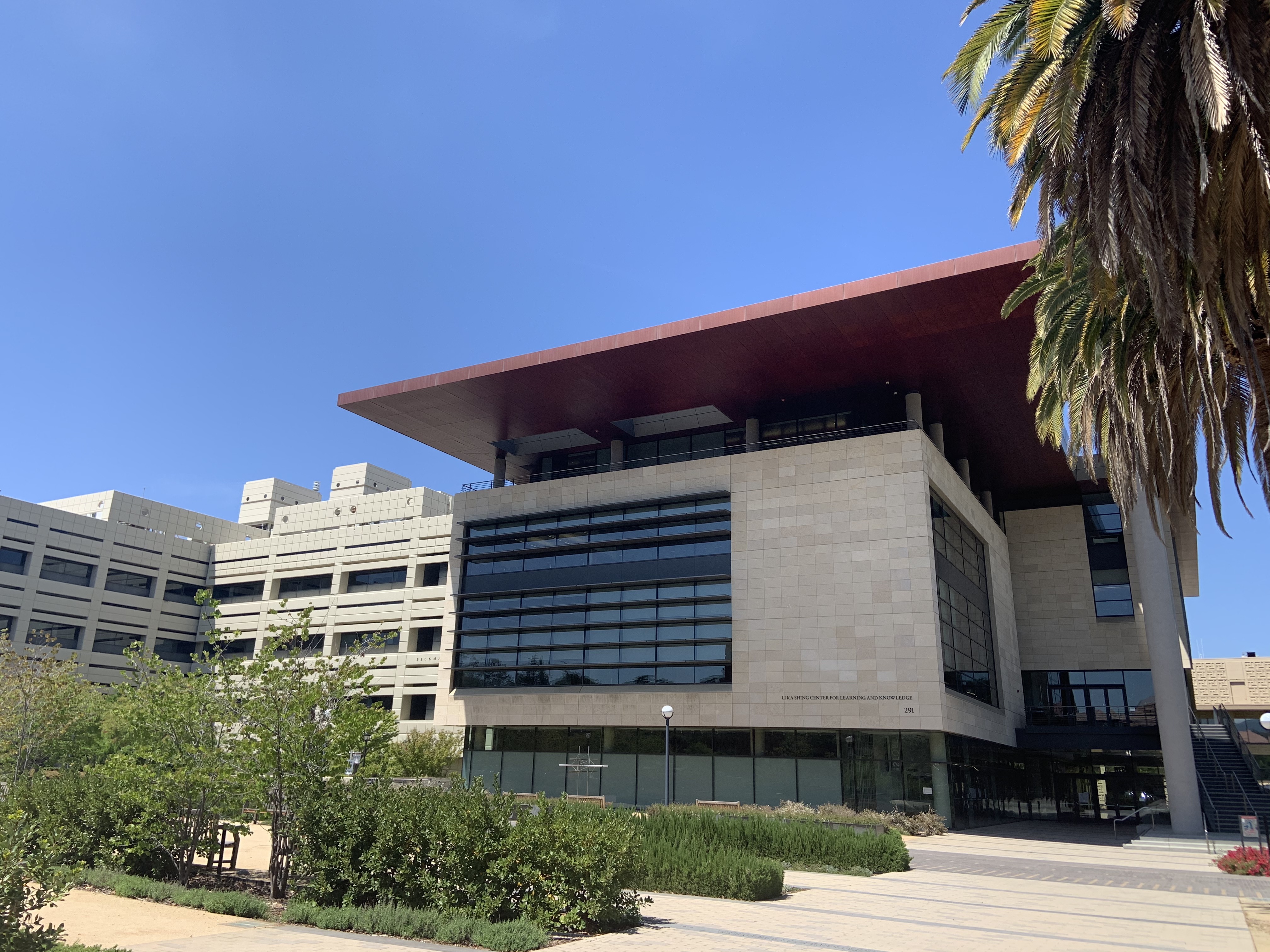Stanford’s Sonnenburg Lab recently published findings in the journal Science that compared the infant gut microbiome, a community of microorganisms, between industrialized and nonindustrialized populations. The team, headed by lead authors and postdoctoral scholars Matthew Olm and Dylan Dahan, discovered that more than 20% of the infant microbiome genome of the Hadza people — one of the last groups of true hunter-gathers in the world — represented novel species that are not present in westernized infants, due to dietary and lifestyle differences.
The findings “really shine a light on the importance of this particular bacteria [that breaks down breast milk] and other bacteria in general, especially in infancy when the microbiota is so malleable,” Olm said.
According to Olm, previous studies established a connection between fiber consumption and the level of microbes present, demonstrating that variations in the microbiome landscape result from differing lifestyles. Data from mice models indicate that if microbes are not getting fed the fiber they are used to, they may start to disappear over generations. Bifidobacteria is one example of how we can improve infant health as, in contrast to the Hadza people, babies in the West do not have it at high levels naturally, Olm said.
The team at Sonnenburg Lab chose to focus on the infant microbiome as it does not attain the complexity of an adult microbiome until about the age of three. An infant’s gut is also more adaptable to changes, suggesting that health-related interventions earlier in life can often be more successful. The process of industrialization, including “eating highly processed foods, taking antibiotics, living in [and] spending more time indoors, has changed the gut microbiome of adults profoundly,” said 4th-year microbiology and immunology Ph.D. student Matthew Carter.
Differences in the gut microbiome can be a contributing factor to diseases such as allergies, asthma and autoimmune disorders. “[Infancy is] the key time point in this critical window where your developing immune system is trying to tell self from non-self,” said 7th-year microbiology and immunology Ph.D. student Bryan Merrill ’22. He said the types of microbes present during the first years of life might affect the immune system as defenses against foreign substances are beginning to form.
Aahish Jha, a professor at NYU Abu Dhabi and former postdoc at Stanford, is collaborating with the Sonnenburg Lab to study the link between microbiome development and infant health in the Hadza and several Nepali populations. Jha said it was important to examine variations in the gut microbiome, which can contribute to chronic diseases in industrialized countries, while in developing countries, malnutrition can disrupt the microbiome and stunt the growth of children.
“The results from our work provide key insights on the role of the gut microbiome in infant health that can be generalized across human populations and can be leveraged to design future preventative and therapeutic interventions to combat health issues these communities are facing,” Jha said.
This project involved a large team of researchers who took on different responsibilities ranging from bacterial strain isolation to data visualization. One of the challenges of the project was analyzing the raw data and drawing trends and conclusions from it.
“The data [is like] a geode, where you’ve only cracked a part of it, and you kind of have to hold it up and look into it at different angles to try to make sense of what’s on the inside,” Olm said.
The Sonnenburg Lab merged the largest existing database of microbiome samples with those of the Hadza infants, which served as the backbone for understanding the species diversity in genome assembly. Merrill described analyzing this data as “searching for nuggets through all the noise.”
By determining the types of microbes absent in the industrialized infant gut, which are present in the hunter-gatherer population, the Sonnenburg Lab team’s findings could be vital in improving health outcomes through early interventions.
They also aim to have a clear social impact through their projects for the Indigenous people they worked with. “Our team members come from within the participating communities: We work with local health institutions to implement existing health and awareness programs [and] we collaborate with local researchers who add novel elements to our research in pathogen characterization,” Jha said.
While the Sonnenburg team was studying non-industrialized populations to have sequencing representatives of other groups besides European and American microbiomes, they also worked to ensure the interests of Indigenous populations were heard. The team created a comic of mostly pictures to present the results to the Hadza people in an accessible format.
“It’s really important for them to know how their lifestyle and their consent to being studied by science has benefited the world,” Merill said. ”Hopefully, they understand it, and it means something to them because their studies have been tremendously meaningful to us.”
